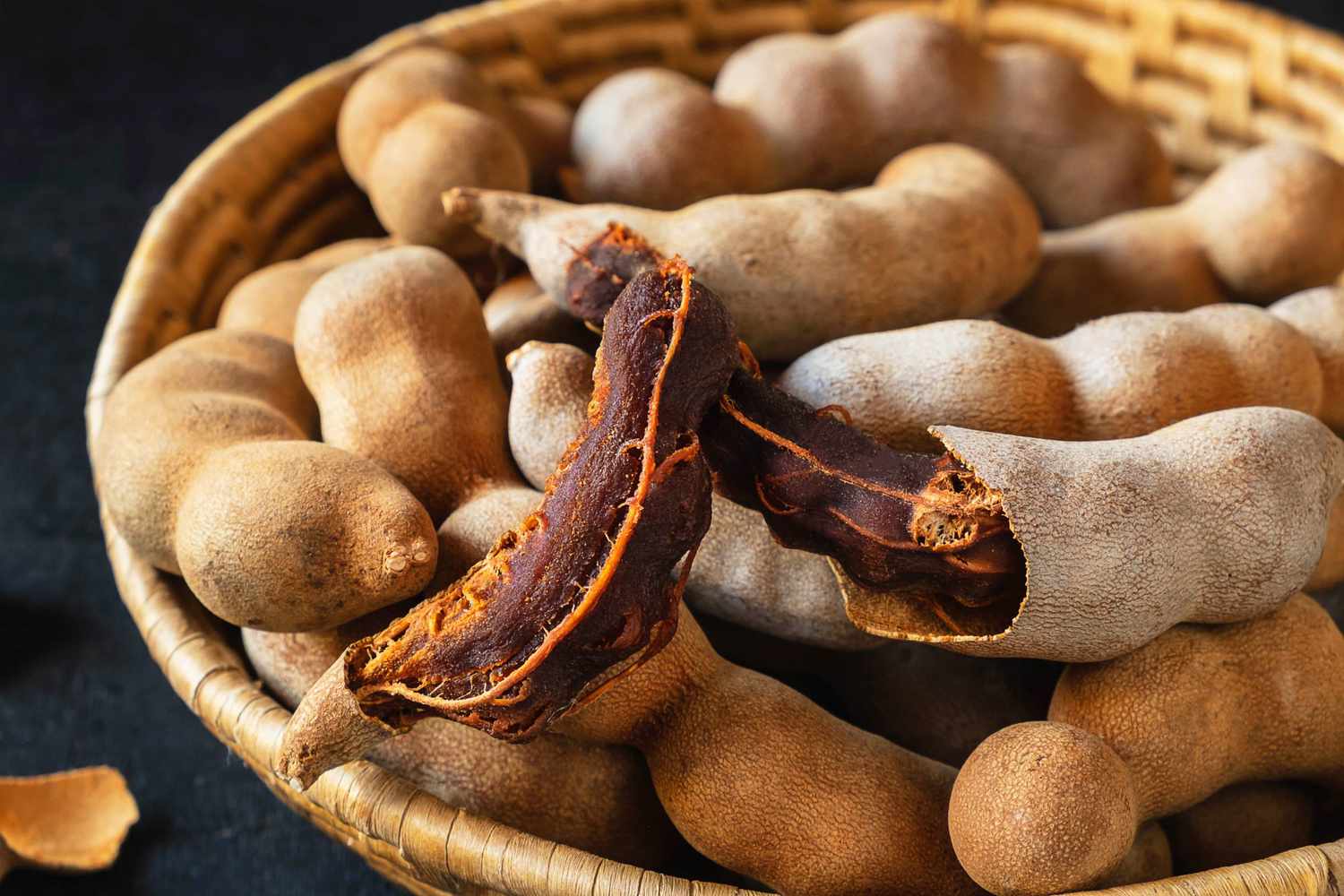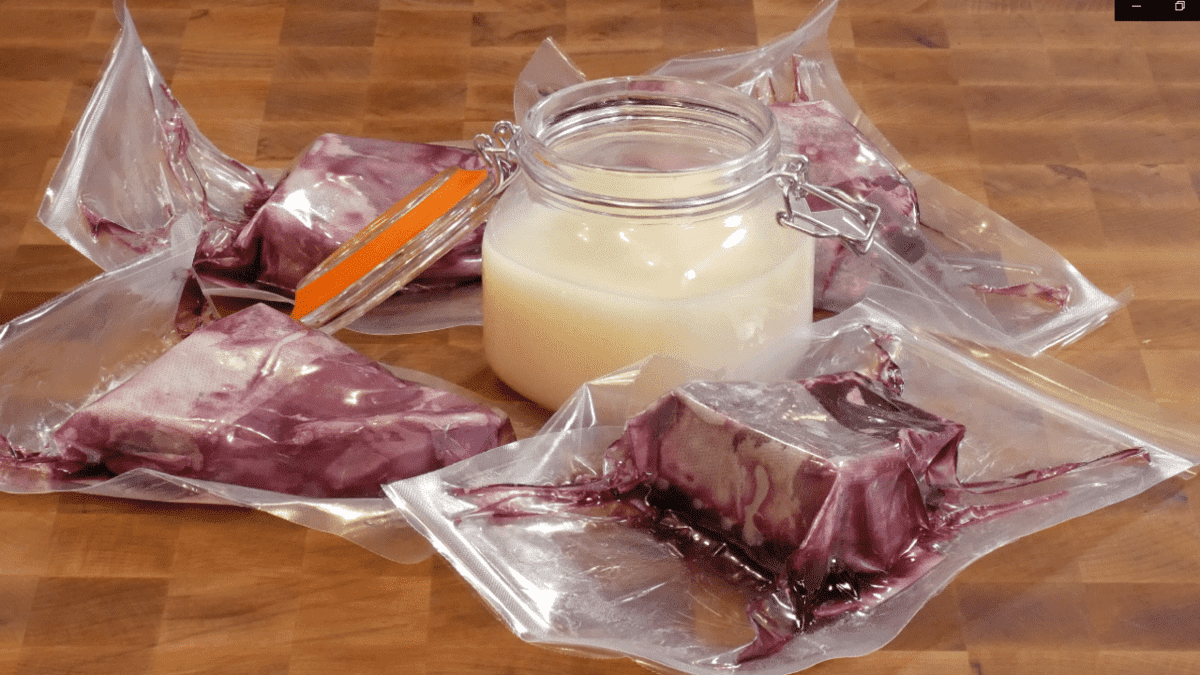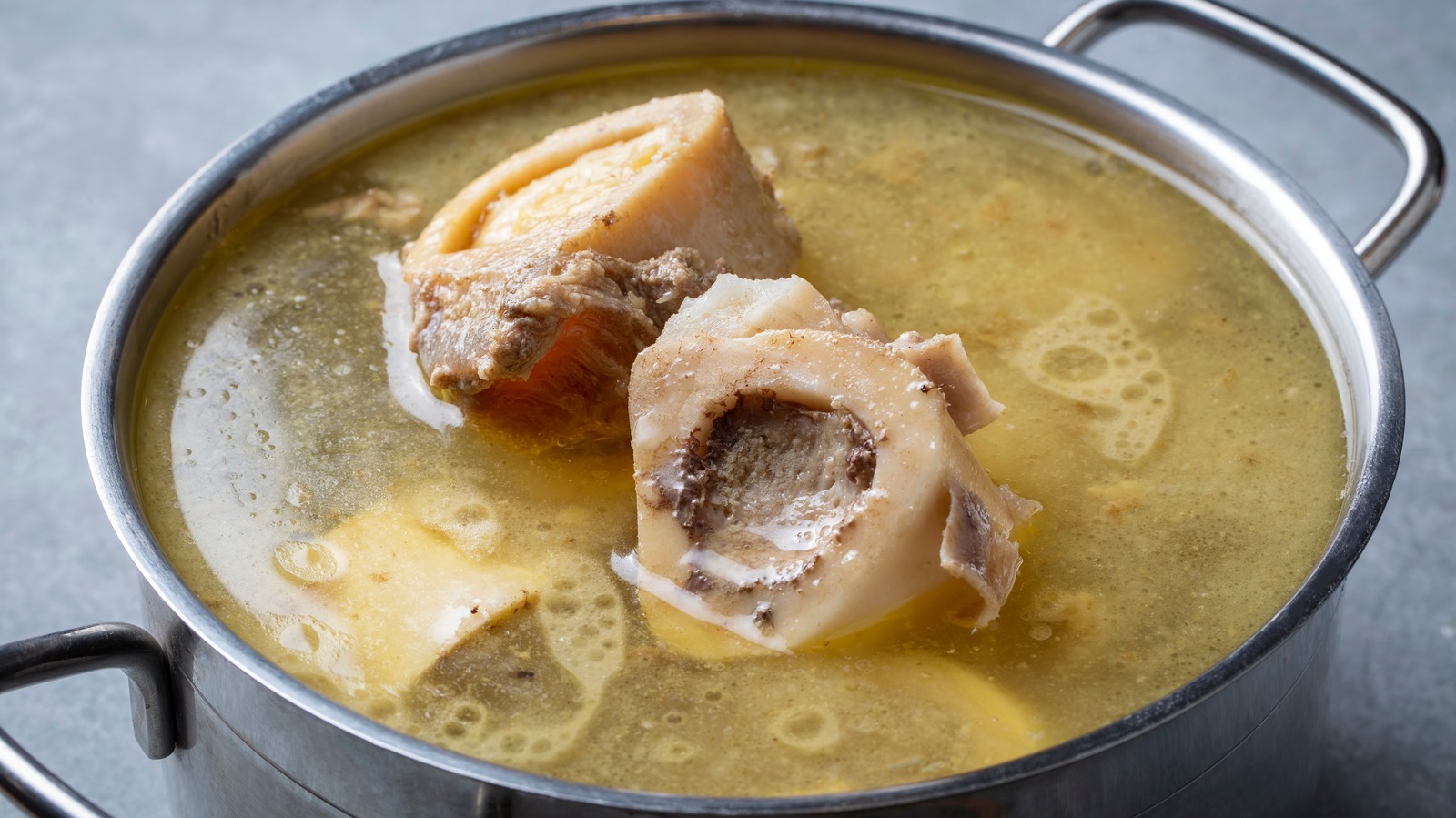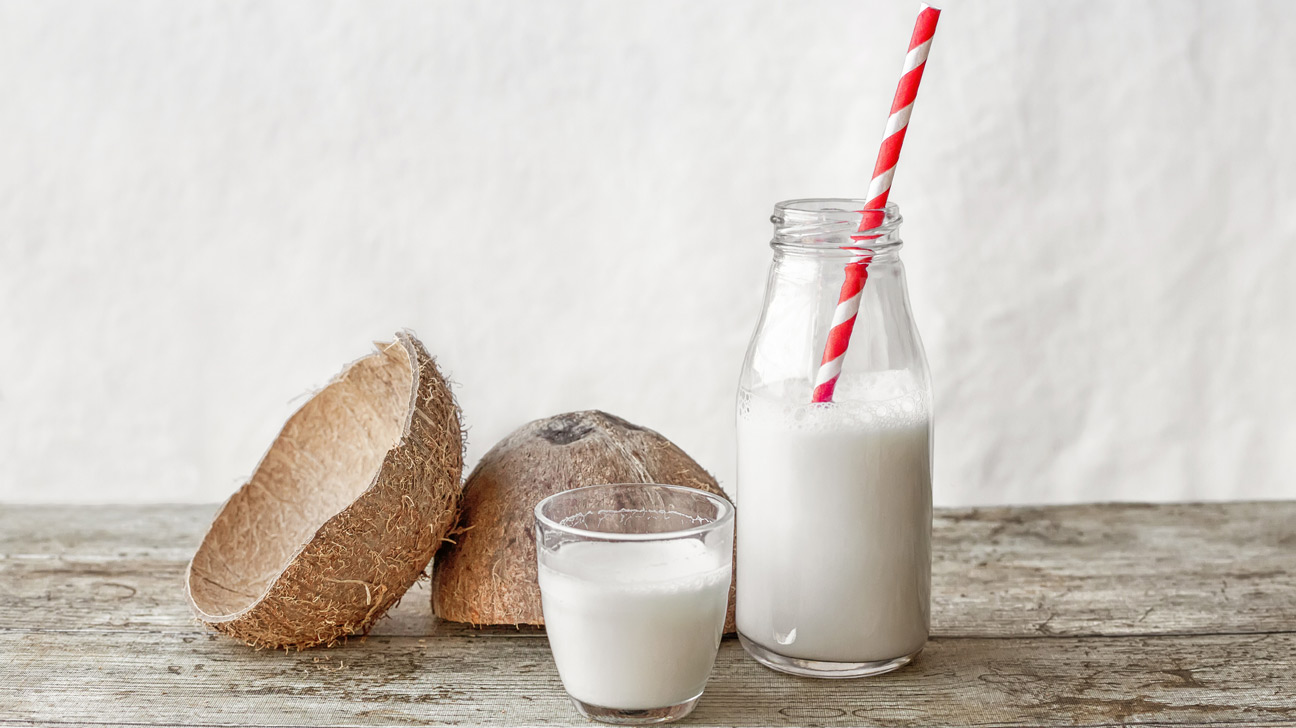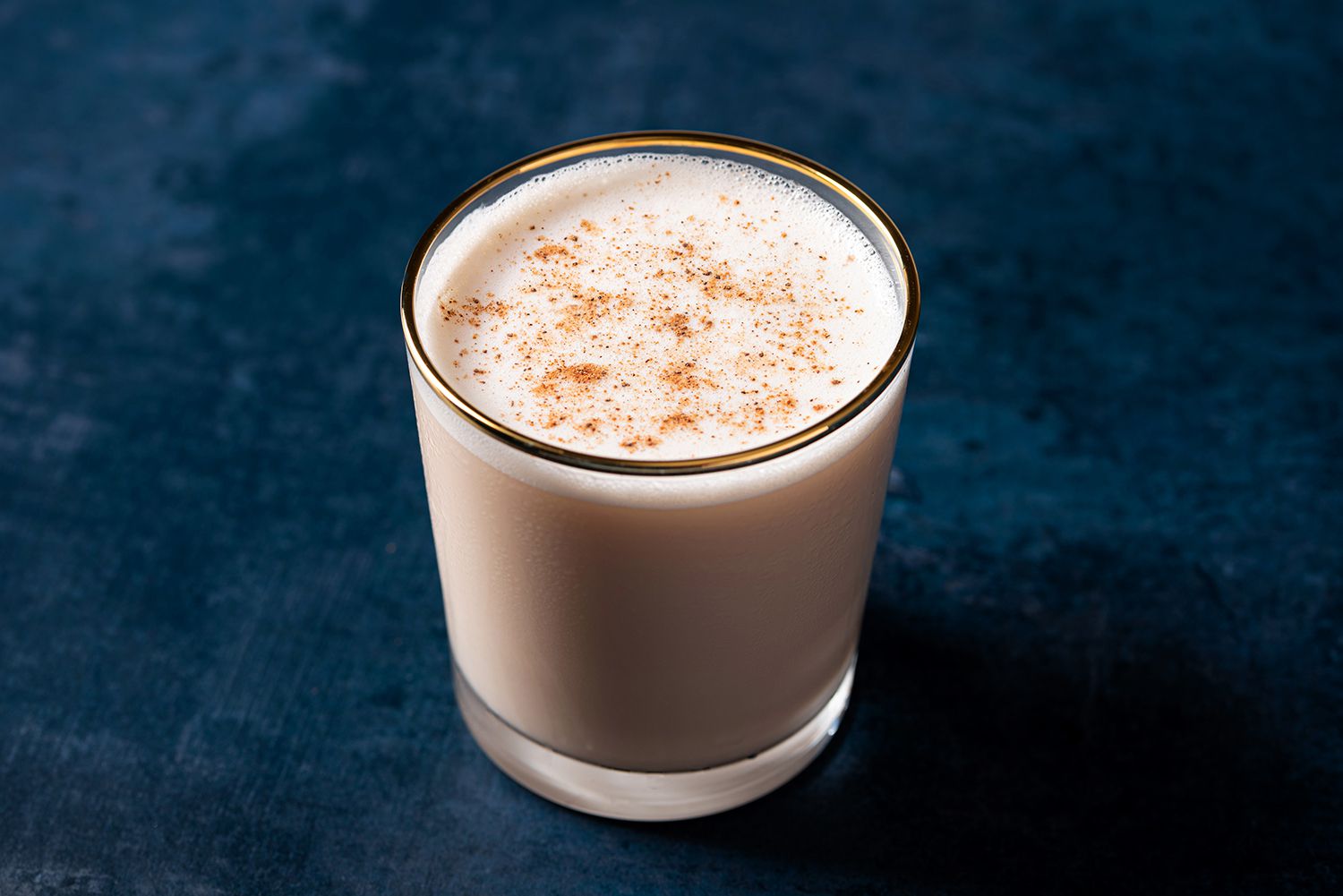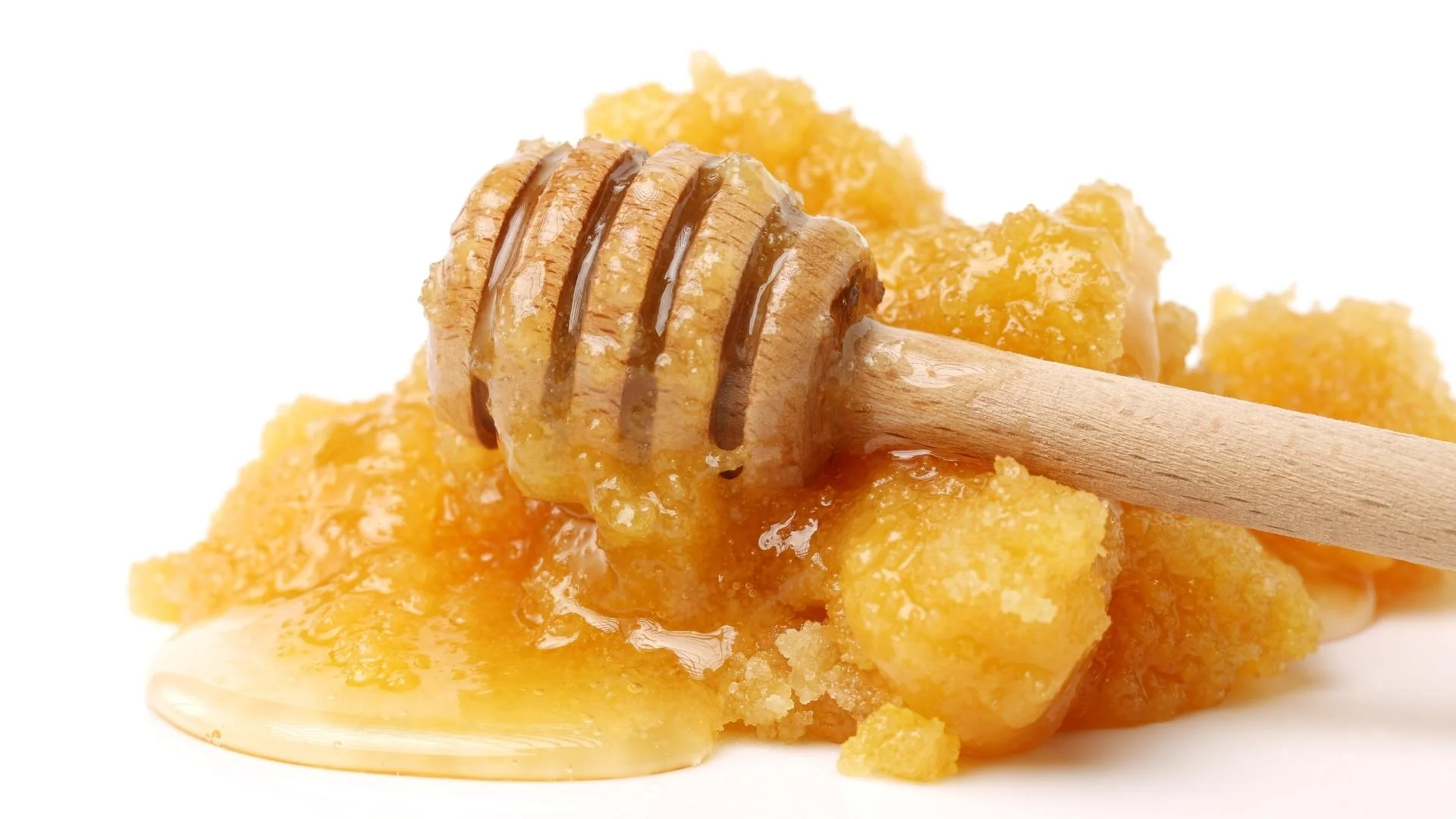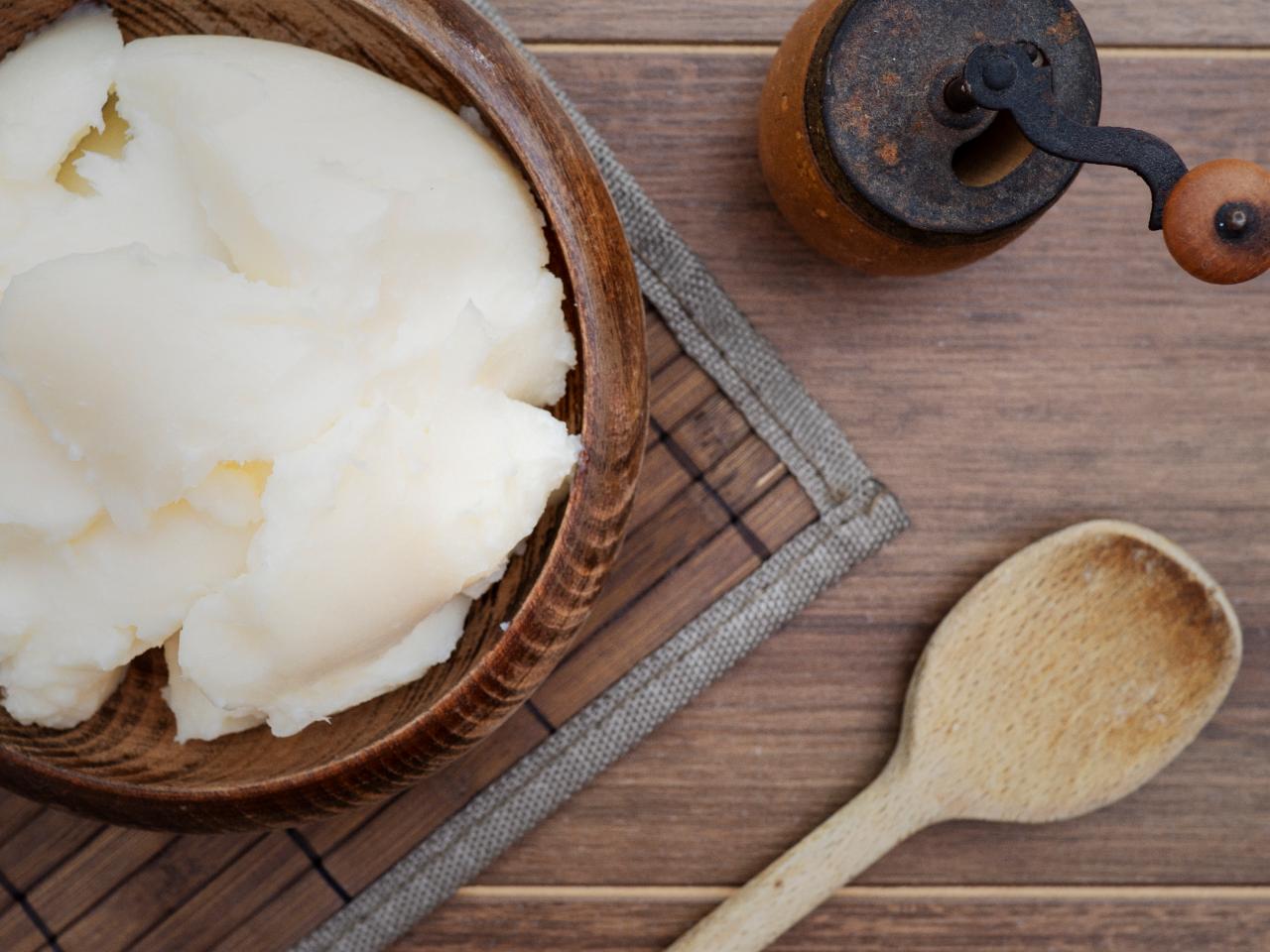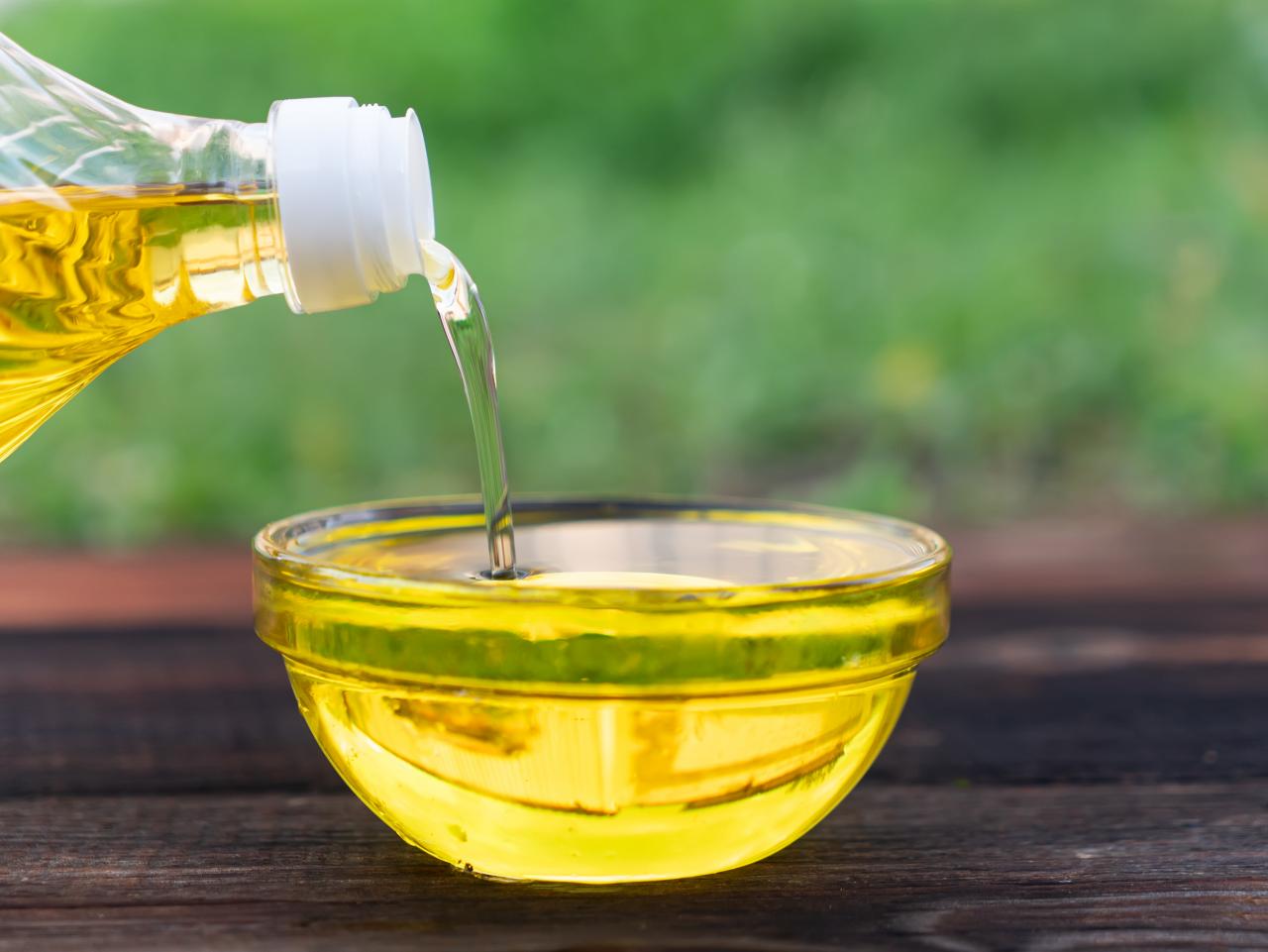How to Clarify Butter in the Microwave
Welcome to our guide on how to clarify butter in the microwave! Clarified butter, also known as ghee, is a staple in many cuisines around the world. It has a higher smoke point than regular butter, making it perfect for sautéing, frying, and baking. Clarifying butter removes the milk solids and water, leaving behind pure butterfat. While the traditional method of clarifying butter involves simmering it on the stovetop, you can achieve the same results using a microwave in a fraction of the time. Here’s how to do it:
Step 1: Gather Your Ingredients and Tools
Before you begin, make sure you have the following:
- Unsalted butter
- Microwave-safe bowl
- Fine-mesh strainer or cheesecloth
- Heatproof spatula
Step 2: Prepare the Butter
Cut the unsalted butter into smaller pieces to help it melt more evenly in the microwave. Place the butter in the microwave-safe bowl, ensuring there is enough room for it to bubble up without overflowing.
Step 3: Microwave the Butter
Cover the bowl with a microwave-safe plate to prevent splattering. Microwave the butter on high in short intervals, such as 30 seconds at a time, until it is completely melted. Keep a close eye on the butter to prevent it from boiling over.
Step 4: Let the Butter Settle
Once the butter has melted, let it sit in the microwave for a few minutes. During this time, the milk solids will settle to the bottom of the bowl, and the clear, golden butterfat will rise to the top.
Step 5: Strain the Clarified Butter
Place a fine-mesh strainer or a piece of cheesecloth over a clean, dry container. Carefully pour the melted butter through the strainer to separate the liquid butterfat from the milk solids. Discard the milk solids left in the strainer.
Step 6: Store the Clarified Butter
Transfer the clarified butter to a clean, airtight container. It can be stored at room temperature for several weeks or in the refrigerator for several months. Use it in your favorite recipes for a rich, nutty flavor and a higher smoke point.
There you have it! Clarifying butter in the microwave is quick, easy, and yields the same delicious results as the traditional stovetop method. Whether you’re cooking up a storm or simply looking to add a touch of decadence to your dishes, clarified butter is a versatile ingredient that deserves a spot in your kitchen. Give it a try and elevate your culinary creations!
Was this page helpful?
Read Next: How To Clarify Juice With Agar
